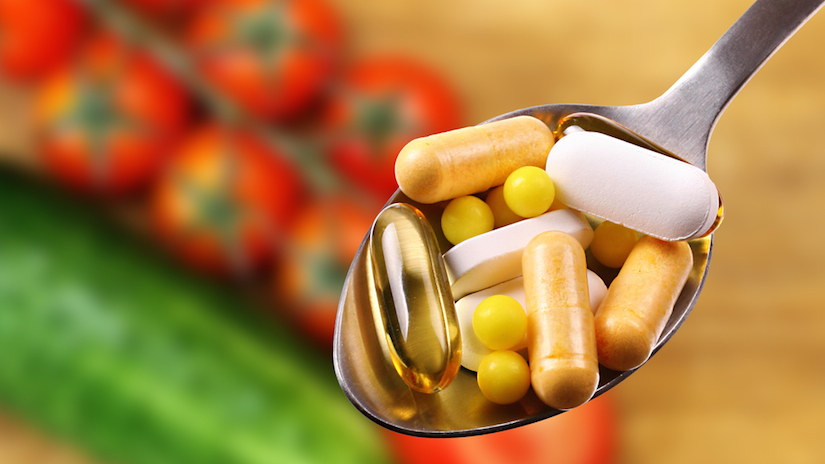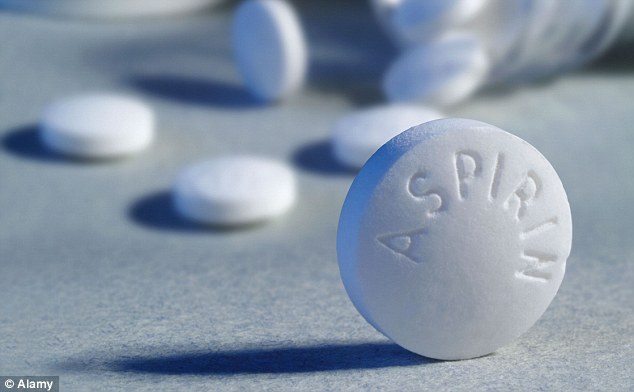If you’re seeking to lower your high cholesterol with red yeast rice, you may not be getting what you expect from the supplement, a new study finds.
Researchers bought 28 different brands of the popular pills from major retail chains and tested these red yeast rice supplements for monacolin K, the cholesterol-lowering compound found in red yeast rice that’s chemically identical to the prescription cholesterol drug lovastatin (Mevacor and generic).
Two of the tested brands contained no monacolin K at all, while the potency in others ranged from almost negligible amounts to concentrations higher than the amount of lovastatin found in some prescription pills.
But nothing on the labels of the different supplements provided information about the critical differences within each bottle, and most did not warn about the potential risks of taking red yeast rice pills for people already taking prescription statins to lower cholesterol.
The study, published today in the European Journal of Preventive Cardiology, was financed in part by a grant from Consumers Union, the policy and mobilization arm of Consumer Reports.
These findings point to larger issues with supplements, where stronger federal protections are needed, says Chuck Bell, programs director for Consumers Union. “We wouldn’t allow a prescription drug with this level of variability on the market,” says Bell.
Dangers of Red Yeast Rice Supplements
Red yeast rice (shown at top) is made by fermenting ordinary rice with a fungus that is reddish in color. As with the varying levels of alcohol found in different beers, the specifics of the fermentation process can yield very different levels of monacolin K.
In the new study, 21 percent of the tested supplements had levels of monacolin K that were even higher. Two of the tested brands had daily doses that were greater than 10 mg.
Earlier research has raised questions about the unpredictable content of red yeast rice supplements. But in 2010, the FDA implemented a set of manufacturing guidelines designed to “give consumers greater confidence that the dietary supplement they use has been manufactured to ensure its identity, purity, strength, and composition.”
What the new study shows, Cohen argues, is that the new rules are inadequate. They are meant to ensure that red yeast rice is indeed present in a red yeast rice supplement, but they don’t regulate its potency or overall content, he says.
And according to the National Center for Complementary and Integrative Health, it’s not just the concentration of monacolin K that’s in question: Some red yeast rice supplements also contain a toxin called citrinin, which has been linked to kidney failure.
What You Need to Know
If you’re already taking a red yeast rice supplement, make sure your doctor knows. Of if you’re thinking about trying one, talk to your doctor before you start. A low-cost prescription statin might be a better choice, says Cohen, since your doctor can carefully control the dosage so you know exactly what you’re taking.
“Red yeast rice can cause exactly the same side effects as statins, and those include muscle, liver, and kidney problems,” says Marvin M. Lipman, M.D., Consumer Reports’ chief medical adviser. “And, even more important, they aren’t standardized, so there’s no way to know the quantity or quality of the ingredients.”




